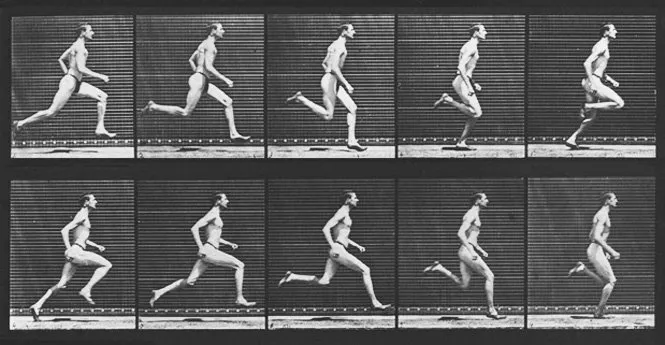Regular physical activity reduces the risk of developing various diseases through multiple mechanisms that are beginning to decipher.
Shari Bassuk, Timothy Church and Joann Manson



Doing sports is good for your health. No doubt, since this "truth" is regularly reminded of us. But why? Why would regular physical activity improve our health and keep us in shape? Before explaining why, let us recall that various studies have shown, among other things, that moving regularly reduces the risk of developing diabetes, dying from a stroke or heart attack, prevents certain cancers, improves the Moral, strengthens the bones, strengthens the muscles, increases the respiratory capacity, reduces the risk of falls and fractures in the elderly, helps to control excess weight, etc!!
In recent years, research in this area has exploded, further extending these observations. Among other things, exercise would stimulate the brain – and especially the ability to carry out tasks that require attention, organization, planning – and reduce the symptoms of depression and anxiety in some people. In addition, biologists begin to understand the mechanisms triggered at the scale of cells and molecules by regular physical activity.
150 minutes of moderate activity per week
Studies are also being conducted to find out how the various systems of the body – cardiovascular, digestive, endocrine, nervous, etc. – are modified by physical exercise. They suggest that the benefits would result from a small improvement in many physiological aspects and not from a significant effect limited to some biological processes.

We also noticed that there is no need to be a triathlon enthusiast to collect the fruits of physical exercise. Twenty years ago, the experts in preventive medicine only advocated intense activity. Today they also insist on the benefits of regular and moderate sessions. One of Us (JoAnn Manson) has been instrumental in demonstrating the comparable health benefits of intense or non-physical exercise in large-scale studies. Conducted from 1976 to 1989, these studies, conducted on 238 000 voluntary nurses, are among the broadest of the factors influencing women's health. Based on their data and others, the latest guidelines for the physical exercise of the World Health Organization, published in 2010, recommend practicing at least two and one-half hours of moderate activity per week (brisk walking, by (example) or an hour and a quarter of a sustained endurance activity, such as jogging, once a week, as well as muscular strengthening exercises at least two days a week.

Let's look at some of these discoveries and the many ways in which physical exercise protects and maintains the body. But before, let's remember how the body responds to increased physical activity. Snowshoeing, swimming, brisk walking on the beach, exercising can take many forms and practice in a more or less sustained way. Aerobics, for example, is part of the sports that greatly increase the amount of oxygen consumed by the muscles and therefore require intense lung work. But more static physical activities – lifting weights, balancing exercises – are also useful.
Scientists have developed rigorous methods to measure the intensity of aerobics exercises. There is also an efficient and less costly way to evaluate the product effort: the speech test. If your heart beats a little faster, it is more ...